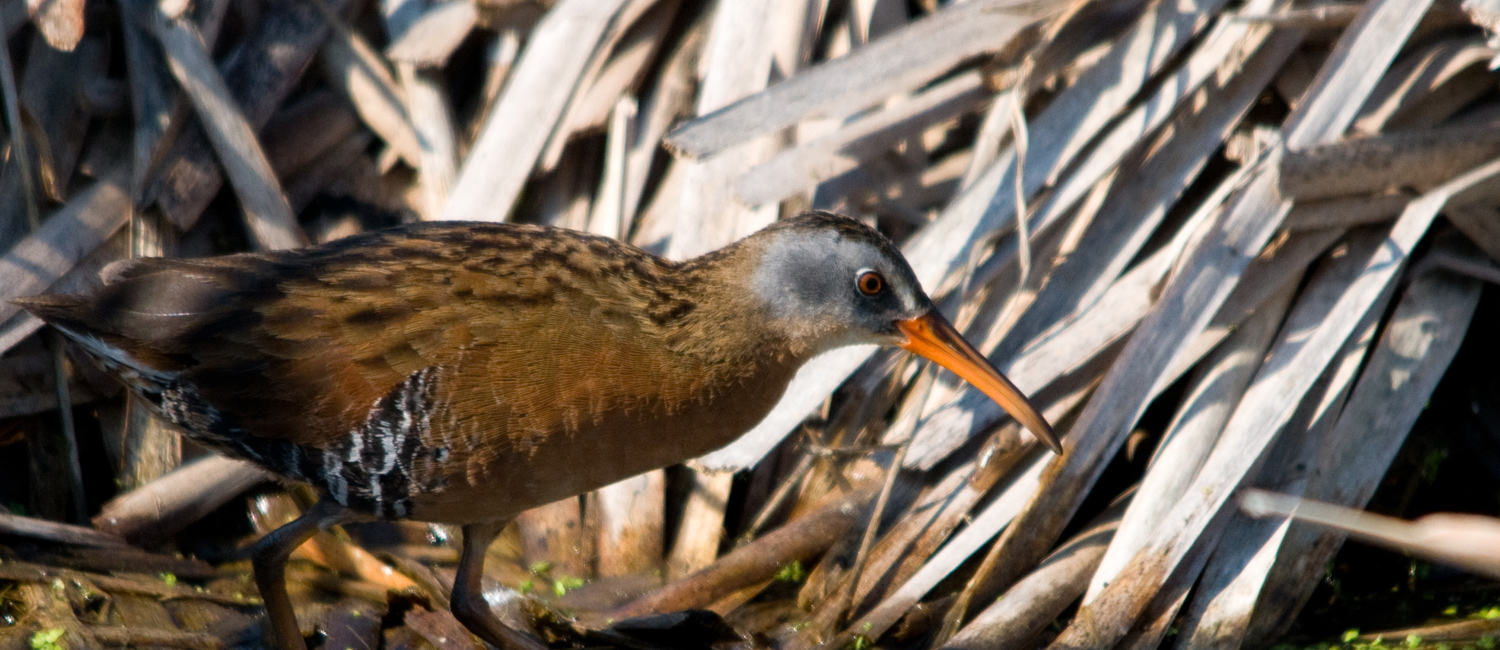
A wild survey
Bird experts thought Virginia rails and red-shouldered hawks had long since disappeared from the Milwaukee area. But UWM researcher Gary Casper, leader of a team doing the area’s first-ever comprehensive wildlife survey, was surprised to find both types of birds still flitting about.
“Whenever you do these things, you’re revising your opinions as the data comes in,” Casper says.
The biologist and his colleagues are counting birds, otters, turtles, dragonflies and other wildlife in northern Milwaukee and southern Ozaukee counties. It’s one step toward establishing a baseline for existing species and eventually restoring habitat quality along the Milwaukee and Menomonee rivers, as well as their tributaries.
It’s an Area of Concern, a designation from the Environmental Protection Agency and Wisconsin Department of Natural Resources given to places where environmental degradation has led to “significant impairment of beneficial uses.”
Although certain species, such as bears and wolves, can’t be re-established in the area because of their extensive habitat requirements, some, like rare frogs or other endangered species, could benefit from more habitat in existing parklands.
Having biodiversity and being able to interact with nature is critical to society, Casper says, and not just for the animals. “If the wildlife is dying because of disease and pollution,” he says, “it can’t be very healthy for people, either.”
Casper and his team use traps, trail cameras and audio recorders to gather information. They also draw on historical data and even social media sites, such as eBird and a Wisconsin naturalist Facebook group, to gather details on sightings.
In addition to finding unexpected birds, researchers found several dragonflies and mussels that had never been recorded. “Even some mammals like beaver and otter are turning out to be much more common than people thought,” Casper says.
Not surprisingly, most species are found in green spaces, with the numbers decreasing in areas closer to cities. Also unsurprising, Casper says, is that a loss of habitat, as well as disease and pollution, are taking a toll on wildlife.